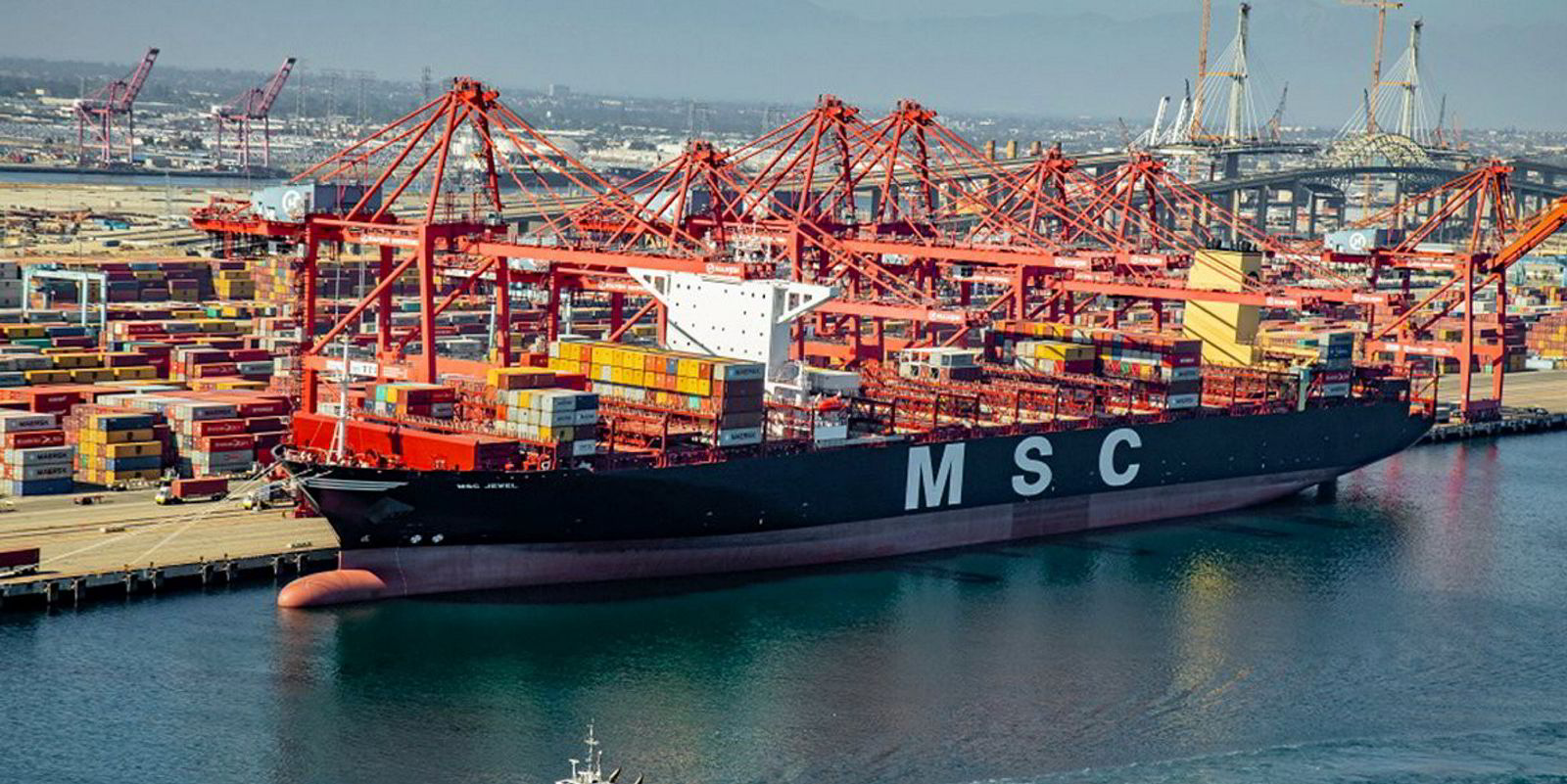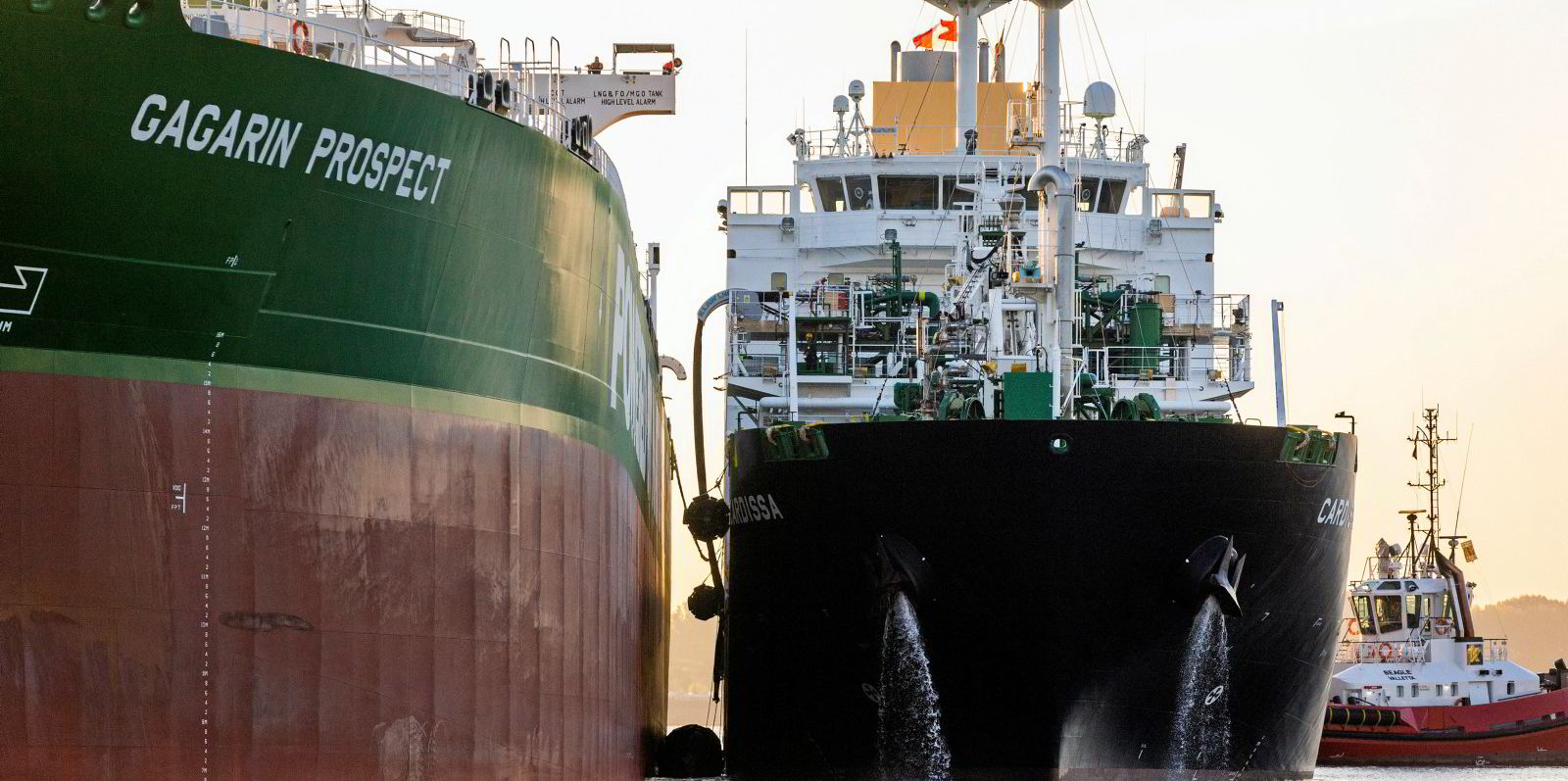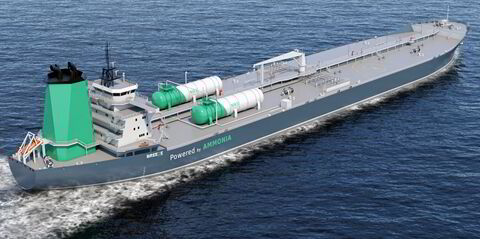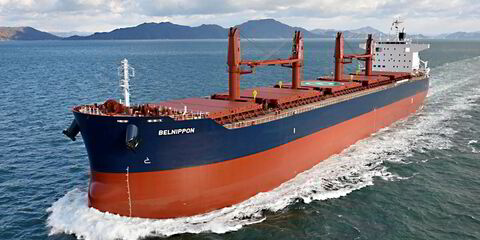Mediterranean Shipping Co (MSC) has been named as the sixth largest polluter of carbon emissions in the European Union.
Brussels-based Transport & Environment (T&E) listed the liner shipping company way ahead of rival operator AP Moller-Maersk and four other top-ten liner operators.
The environmental think-tank also ranked the container shipping company behind five of Europe's biggest power plants.
Geneva-based MSC climbed one ranking higher than last year when it was in seventh place, topping the list of liner companies with 10.9m tonnes of CO2 emissions in 2020.
Two-thirds of emissions arose on voyages between European and non-European ports and one-third on voyages within Europe.
However, T&E expects the total to rise as individual ships report their emissions late.
Maersk came in as the second worst shipping polluter with 6.5m tonnes of CO2 emissions. It is followed by CMA CGM with 5m, Cosco with 3.8m and Hapag Lloyd with 3.6m.
T&E, which analysed official EU emissions data, confirmed that MSC’s ranking is higher than its peers because it contributes around 100 more vessels to the MRV system.
Incomplete analysis
MSC rejected the claims, which a spokesperson said were based on “incomplete analysis” and problems in the methodology.
The liner company also questioned the legitimacy of comparing the emissions of a liner shipping company with a power company.
But the inadequacy of the raw data might also explain why MSC appears higher in the ranking than other liner companies, the spokesperson said.
The ratio of CO2 emissions per tonne of cargo moved by MSC were among the lowest in the industry.
The T&E analysis is based on data compiled from the EU Monitoring, Reporting and Verification (MRV) system, the EU emissions trading scheme and Alphaliner data.
Sensitive timing
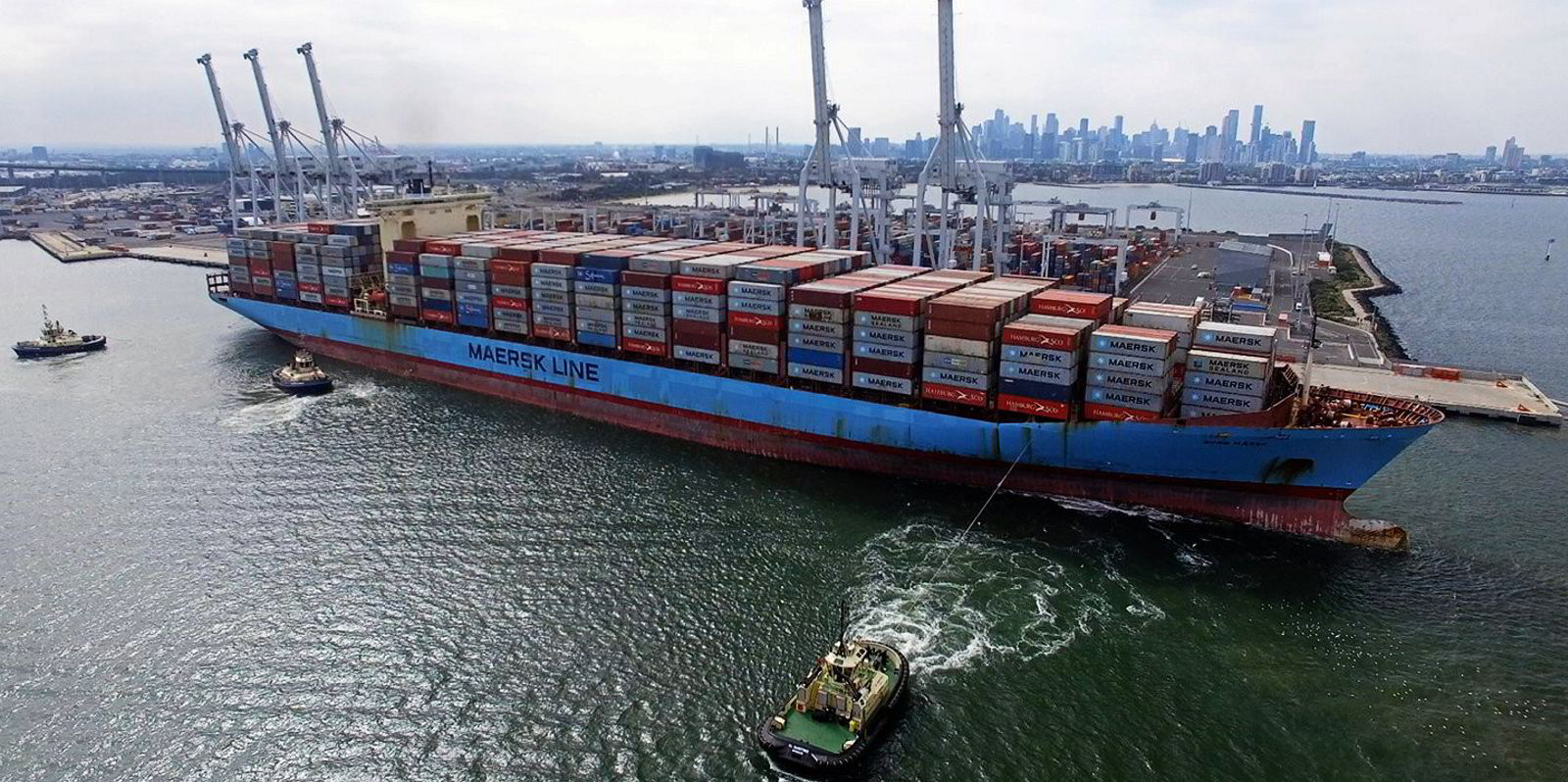
The rankings emerge as a sensitive time with the European Commission set to roll out proposals to include shipping in the EU carbon market.
The Commission will spell out how shipping will be included in its Emissions Trading System (ETS) on 14 July.
But T&E regards the findings as evidence that shipping companies should be forced to both pay for pollution and start using green fuels on European routes.
The lobby group claims that the majority of the five biggest liner operators pollution, ranging from 65% to 79%, was emitted on voyages between European and non-European ports.
Jacob Armstrong, sustainable shipping officer at T&E, said it was the third year running that MSC had climbed the top 10 of Europe’s largest polluters.
“It’s emblematic of an industry that doesn’t pay a cent for its pollution,” he said.
“That a ship operator is overtaking coal plants shows that business as usual isn’t working. We need an EU carbon market that makes shipping pay for all its pollution."
Armstrong argued that liner companies should be obliged to start buying pollution permits and using green fuels on international routes to and from Europe.
“Anything less than a carbon market covering extra-European voyages lets the biggest shipping companies off the hook and leaves smaller operators who sail mainly within Europe to pick up the tab,” Armstrong said.
“It would also forfeit ETS revenues that could be reinvested in greening the sector,” he said.
